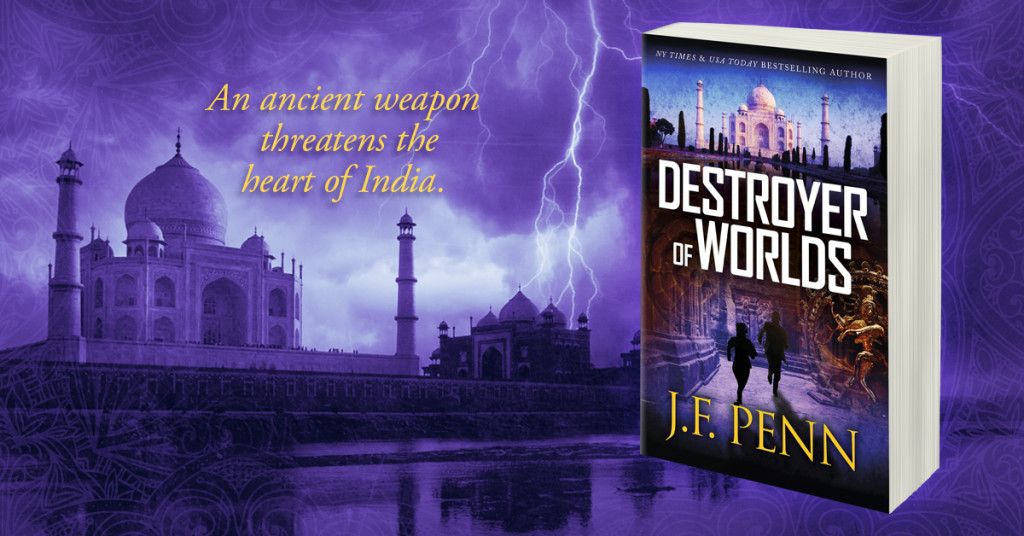India is the birthplace of Hinduism, Buddhism, Jainism and Sikhism, as well as having a deep cultural history with Christianity, Judaism and Islam. It is a country of ancient faith, with a rich mythology that mingles with marvellous architecture and incredible food!
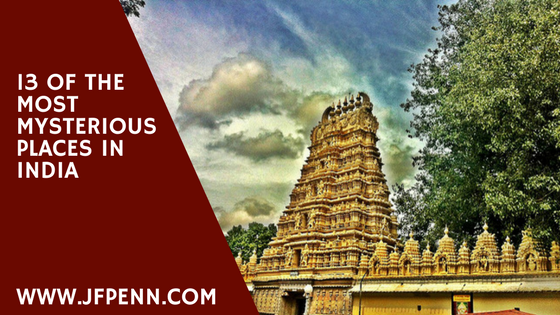 I've been to India twice now – on a cultural tour of the ‘golden triangle' in the north, from Delhi to Varanasi and back through Agra; and then cycling through the south west through Karnataka and Kerala. Both times I have longed to return and it's one of those countries I feel at home in.
I've been to India twice now – on a cultural tour of the ‘golden triangle' in the north, from Delhi to Varanasi and back through Agra; and then cycling through the south west through Karnataka and Kerala. Both times I have longed to return and it's one of those countries I feel at home in.
The burning ghats of Varanasi feature in the opening scene of Stone of Fire, but I returned to India for Destroyer of Worlds, a story that centers around the Brahmastra, a Hindu relic with the power of a nuclear weapon. The thriller was a finalist for the 2017 International Thriller Writers Awards for Best Ebook Original, so clearly the story resonates.
With so many religions rubbing shoulders, India is both a mystical and an unusual place to visit, so I’ve compiled a list of 13 of the most mysterious places in India.
1. Tower of Silence, Mumbai
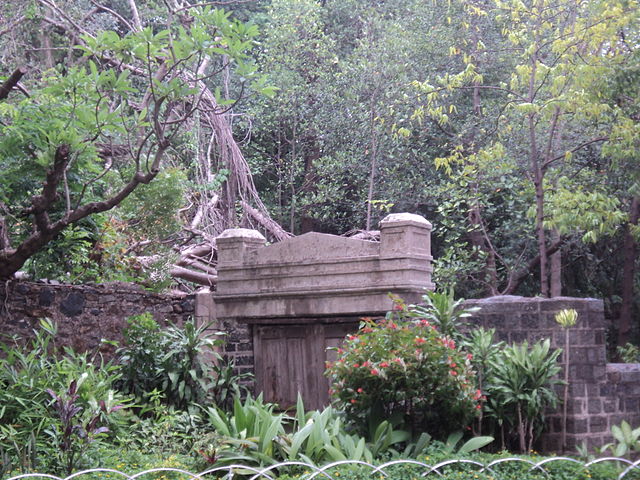
Three concentric rings make up the roof of the tower. Men occupy the outer ring, with women in the middle, and children at the centre. The bones are left until they're sun-bleached when they're moved to a pit in the middle of the tower. Lime helps them to disintegrate.
The 300-year-old tower in Mumbai stands on Malabar Hill, within a 54-acre forest. Locals noticed a drop in the vulture population in 2015, delaying the natural process of exposure. Unless conservation efforts can boost the number of carrion birds, the process remains under threat. Reading about the plight of the vultures prompted the use of the tower in Destroyer of Worlds.
2. Funeral Pyres, Varanasi
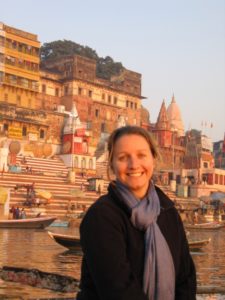
The immense cremation ghat formed the backdrop for the opening scenes of Stone of Fire. The pyres, which burn 24/7, force visitors into close contact with the dead. This is not the clean, clinical cremation we’re used to in the West. Seeing the burning ghats for myself gave me the idea for the opening scene and I used them again in Destroyer. Varanasi is crazy busy and overflowing with pilgrims, but it's a place I want to return to. It feels like Jerusalem in its combination of spirituality and mass tourism, and it resonates with energy.
The popularity of the pyres derives from the Hindu belief that laying ashes in the Ganges at Varanasi allows the soul to escape the reincarnation cycle and reach heaven. Since Varanasi is one of the world’s oldest cities, it is the most sacred site along the Ganges.
Despite the introduction of gas and electric-powered crematoria, many still opt for traditional cremation on the ghat. Around 50-60 million trees fuel the ghats every year.
As a result, the funeral pyres are expensive for those wishing to be cremated there. Access to heaven doesn’t come cheap.
3. Bhangarh Fort, Bhangarh
This sprawling complex is less of a fort and more of a city. Boasting vast gates, palaces, and temples, it looks like a picturesque, fairy tale spot. Or is it?
Local legends claim supernatural unrest in the area. The Archaeological Survey of India even posted a sign prohibiting entry after sunset. The city remains accessible during daylight hours.
One story claims a wizard attempted to cast a spell on a woman, who crushed him with a boulder. As he lay dying, he cursed the city with complete destruction. Attackers soon sacked the fort, massacring the inhabitants.
That’s one legend among many. While we may scoff at such tales in the 21st century, the fact remains that the locals abandoned the city and established Bhangarh nearby.
You wonder what may lie among the quiet ruins, festering after dark…
4. South Park Street Cemetery, Kolkata
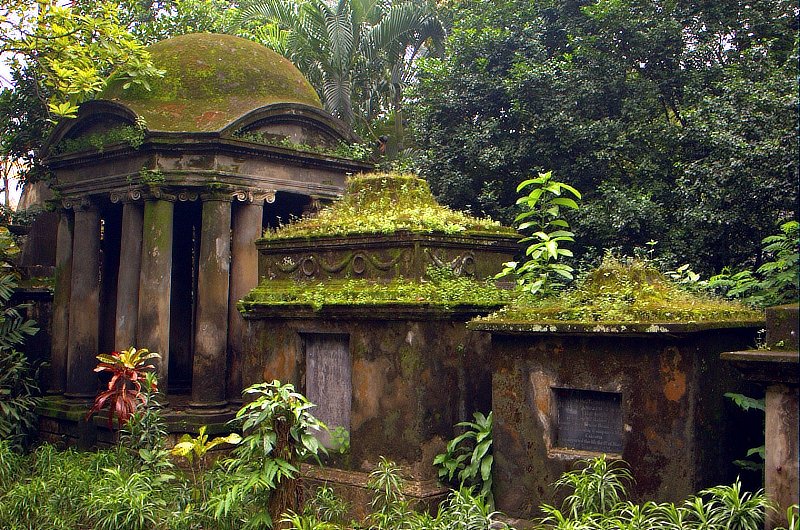
Like a Kolkata version of Highgate (although older than the famous London graveyard), you'll find a range of monument designs. Obelisks and urns rub shoulders with Saracen graves and even cairns.
Who knows what you might find among the prehistoric ferns and moss that quietly reclaim the cemetery?
5. Kalighat Temple, Kolkata

The temple is also one of the Shakti Peeths of India. A princess married Lord Shiva and killed herself after her father disrespected her husband. Lord Shiva began the dance of destruction, and Lord Vishnu dismembered Sati's corpse to stop him. The Shakti Peeths are the sites where Sati's parts fell to earth. According to the story, Sati's right toe fell where the Kalighat now stands.
Attendants behead goats daily in Kali's honour. Since the temple is one of Kolkata's most holy spots, it gets very busy. They even offer queue-jumping services to reach the main shrine. I haven't visited but it's the setting for one of the pivotal scenes in Destroyer of Worlds.
6. Kumbh Mela pilgrimage
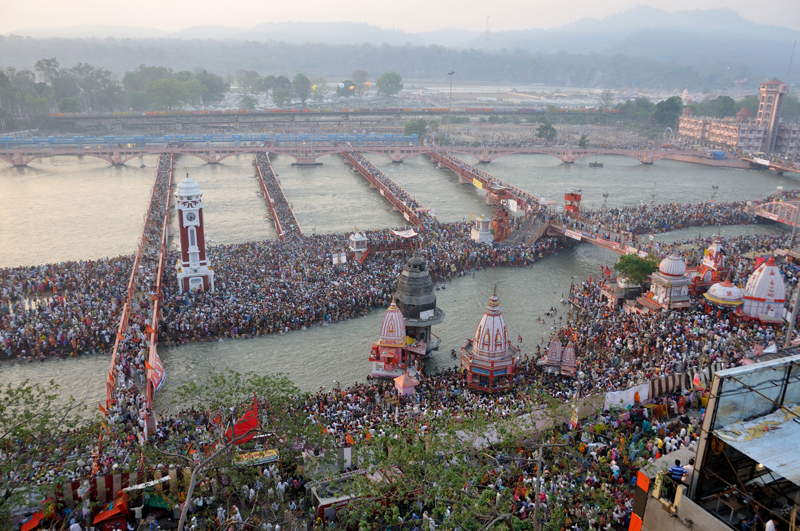
No one knows how old the festivals are, but medieval Hindu tales explain that Lord Vishnu left drops of Amrita, the Hindu drink of immortality, at the four sites of the modern-day Kumbh Mela.
While the pilgrimage is largely peaceful, stampedes have led to a loss of life, even as recently as 2013 in Allahabad. In Destroyer of Worlds, the Kumbh Mela is the site for an apocalyptic display of ancient power.
7. Jal Mahal, Jaipur

The roof still supports plant life, and some years ago visitors reached the lodge by gondola. Tourists can’t visit the building at the moment though tentative plans want to turn it into a restaurant. If you’d like to see the Jal Mahal at its finest, wait until evening. Illumination within the building gives the appearance of a secret meeting across the water.
8. Taj Mahal, Agra
Despite its name, ‘Crown of the Palace’, the Taj Mahal is a mausoleum. Commissioned in 1632, the Mughal emperor Shah Jahan wanted the building as a tomb for his favourite wife, Mumtaz Mahal.
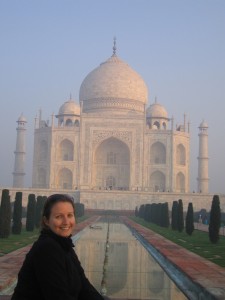
Designated as a UNESCO World Heritage Site in 1983, the tomb acts as the central focus of the site. Its design is Persian and a mosque and gardens occupy the rest of the site.
Inside the mausoleum, the sarcophagi in the main chamber are ‘decoys’. The actual graves lie on a lower level in a plain crypt to suit the Muslim traditions against elaborate graves. The faces of Shah Jahan and Mumtaz Mahal turn right towards Mecca.
According to the legend, even the lower graves are empty. Doors in the basement level have been blocked, leading to the myth that the real graves lie far underground so they're not disturbed until Judgment Day.
Another long-running myth claims Shah Jahan intended to build a black marble mausoleum across the river from the Taj Mahal, a testament to his love of symmetry. Experts discovered blackened marble ruins on the site, lending credibility to the myth. But an excavation in the 1990s proved the marble stones were originally white, overturning the myth.
Other tales abound, including contracts for construction workers, forbidding them to work on similar designs elsewhere. It may be a popular tourist destination but it’s also one of the more mysterious places in India if you look beyond the souvenirs. In Destroyer of Worlds, there's an even more ancient temple underneath …
9. Mahabat Maqbara, Junagadh
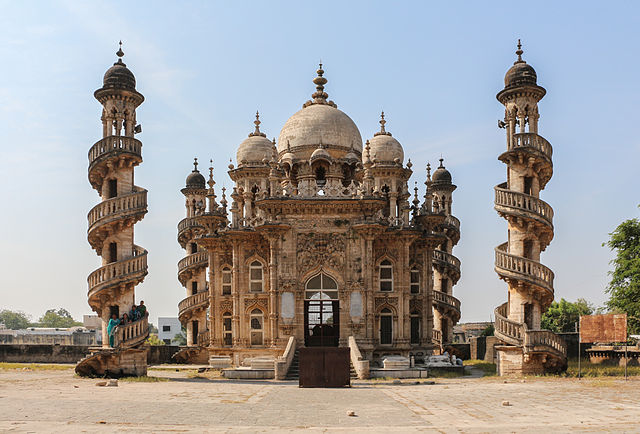
Built between 1878 and 1892, the mix of styles reflects the changing rule of the area. Junagadh was founded in 1748 and became a British Protectorate in 1807. Despite British rule, the region was part of a princely state until 1947. The area joined Pakistan when the British left India but rejoined India three months later.
The Mahabat Maqbara is a silent monument to the political turmoil that accompanied its construction. Its mixture of influences reflects the changing times. Access to the grounds is free, but you can only see the outside of the mausoleum.
10. Ellora Caves, Maharashtra
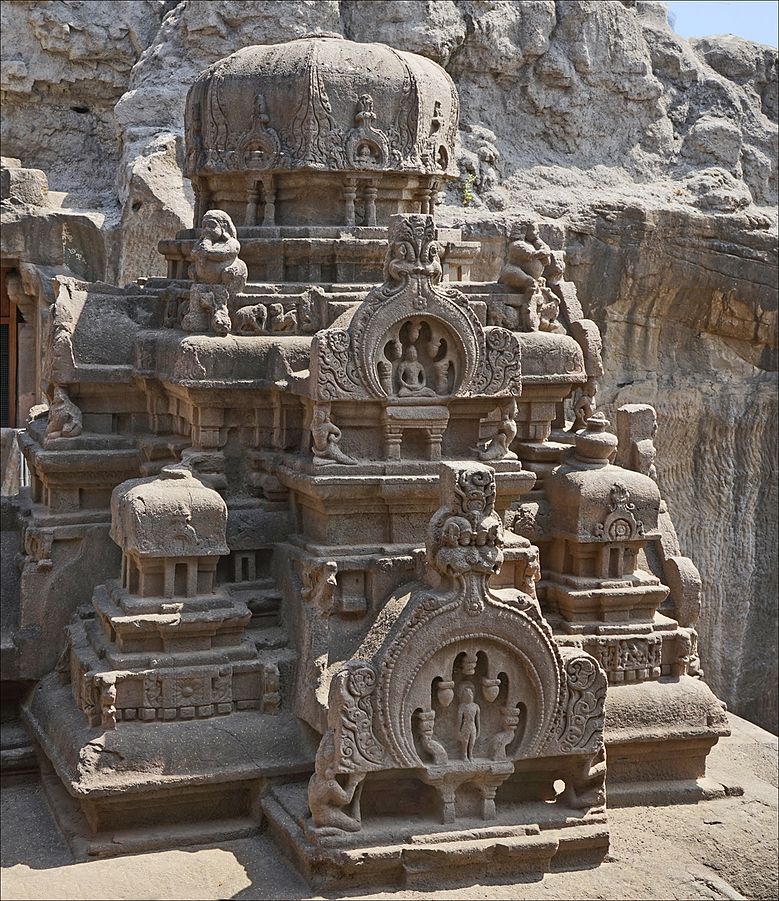
Like the mingling of Egyptian religion and Greek beliefs at Thonis-Heracleion and Canopus in Egypt, the Ellora Caves are a monument to religious tolerance and the peaceful sharing of spiritual space. Could a piece of an ancient weapon hide in one of the most mysterious places in India?
11. San Thome Basilica, Chennai
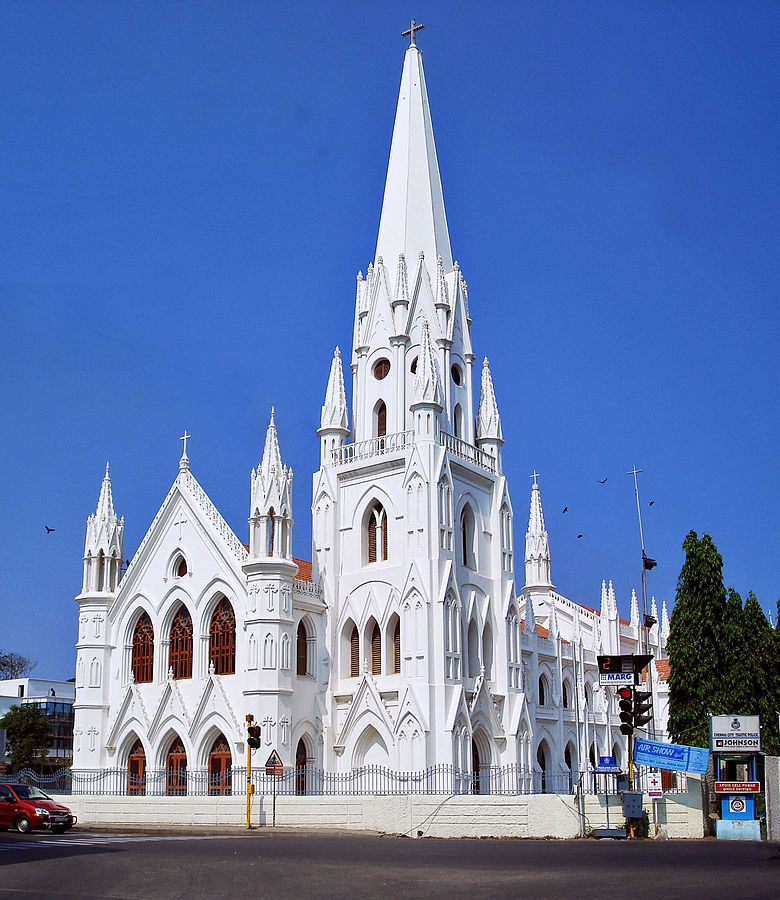
According to Catholic traditions, St. Thomas reached India in 52 CE, where he preached for a further twenty years. He preached in Chennai until he was martyred nearby.
No evidence exists to confirm this legend, and accounts of Thomas’s time in India weren’t written until centuries later. That said, South Indian Christians still hold the story dear.
The San Thome Basilica stands on the site where Thomas was buried. Followers scattered his remains across the Near East and Europe, some parts even reaching Italy. But a chapel in the basement apparently contains a bone from his hand. The basilica is also one of only three churches in the world built on an apostle’s tomb.
12. Baba Kinaram Ashram, Varanasi
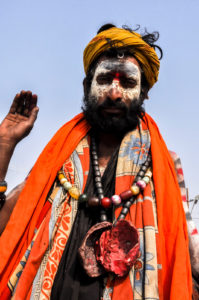
Founded by Baba Kinaram, this ashram is the main headquarters of the Aghori sect. These ascetics are devotees of Shiva, and they deviate from traditional Hindu beliefs since they see opposites as identical. As a result, they see no distinction between purity and pollution.
Some of them live in or near cremation grounds. They smear themselves with human ashes and use skulls as begging bowls. According to some, they also eat human flesh and meditate among corpses. An Aghori sadhu features as one of the important characters in Destroyer of Worlds.
While that sounds extreme, sites of cremation are the final resting place of the body, giving them associations with peace. All cremation grounds are considered holy so they live across the country. But if you're in Varanasi, visit their ashram, truly one of the mysterious places in India. You'll spot it by the skulls either side of the entrance.
13. Great Wall of India
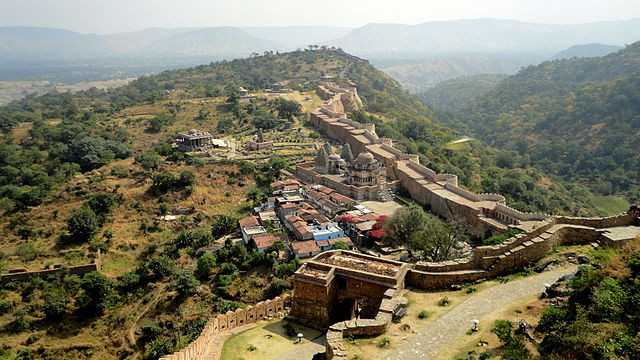
The wall runs over 36km, and it’s the second longest continuous wall in the world. It resembles its Chinese cousin in both its scope and the terrain it crosses. In places, the wall reaches 15m thick. Despite its use as a defensive measure, decorative work makes the wall a beautiful destination for more adventurous tourists.
But take note. The wall boasts many traps and defence mechanisms. Many of them have been deactivated, but others may potentially lie in wait for the unwary traveller. Given the remote nature of the ruins, who knows what else hides in the mountains?
Any, or all, of these places are stunning and inspirational in equal measure. I look forward to going back to India to explore more!
